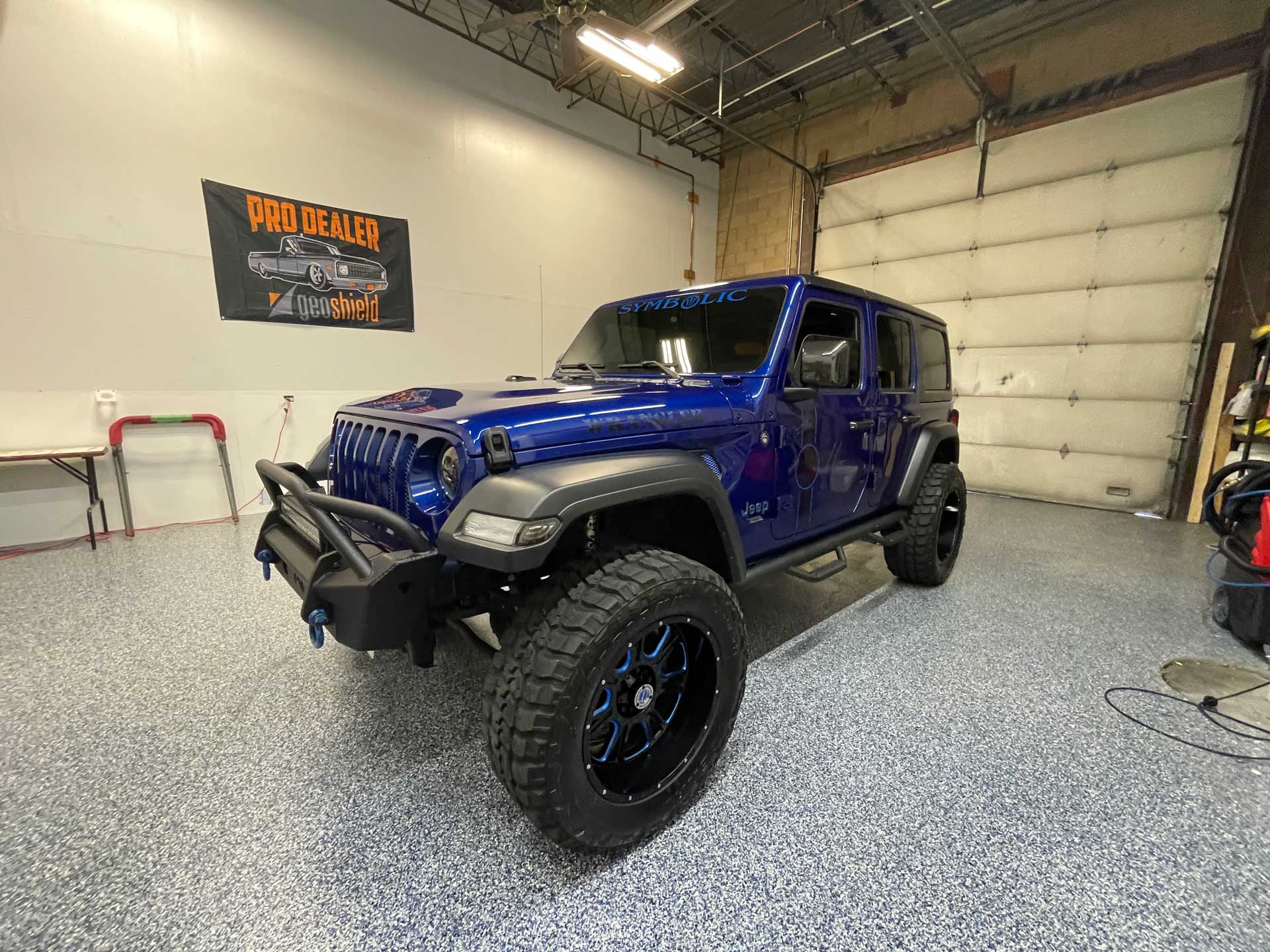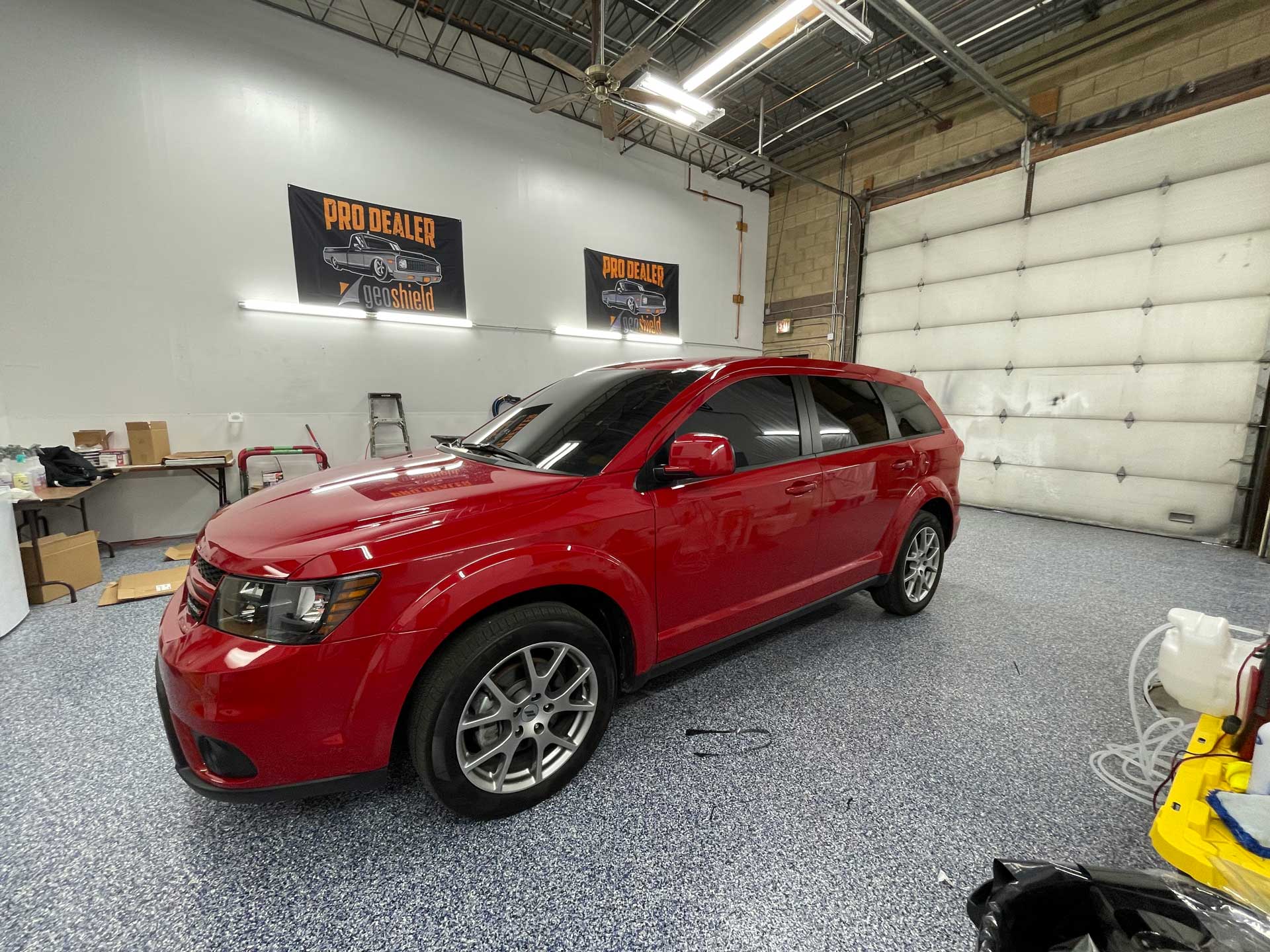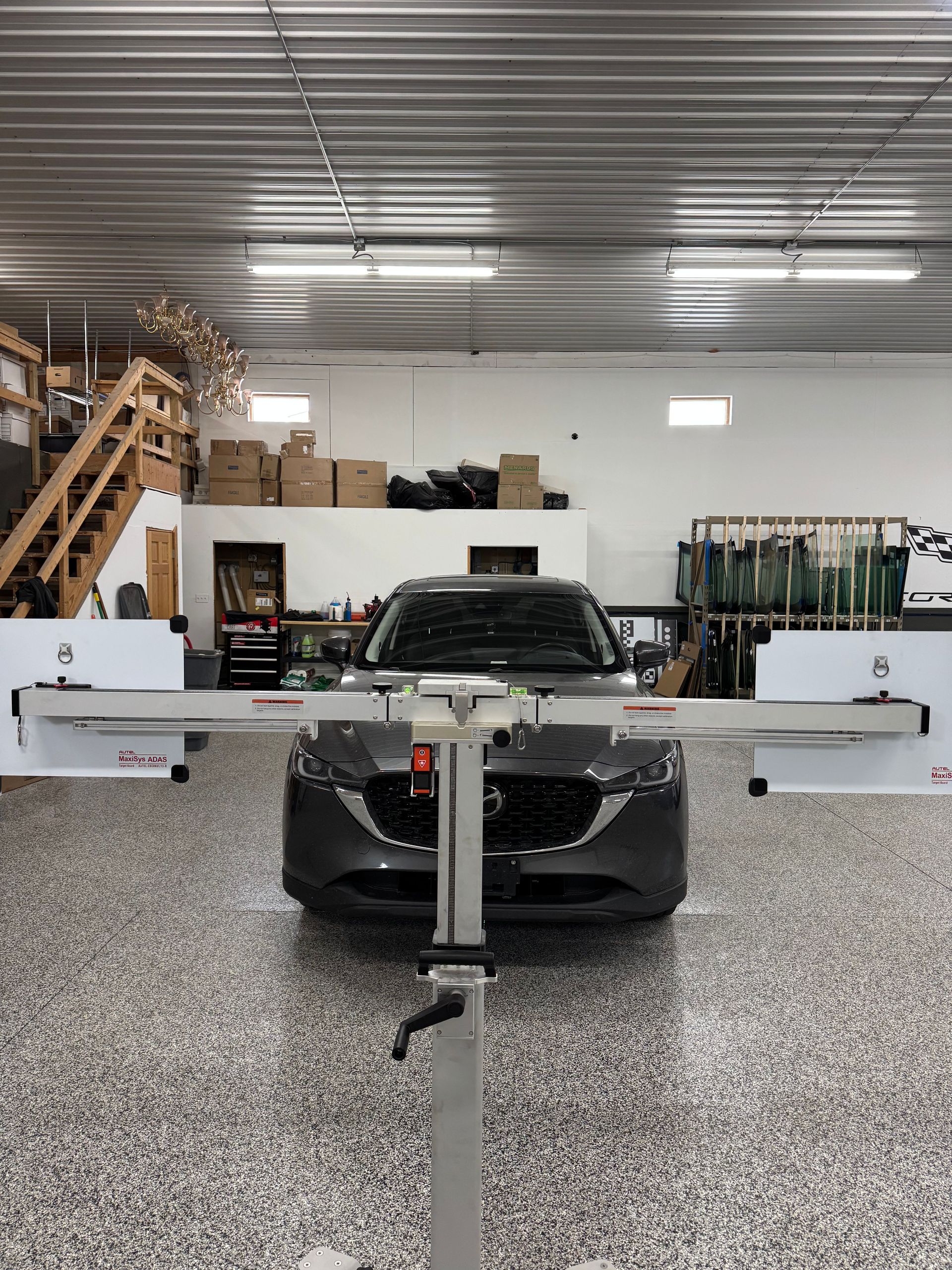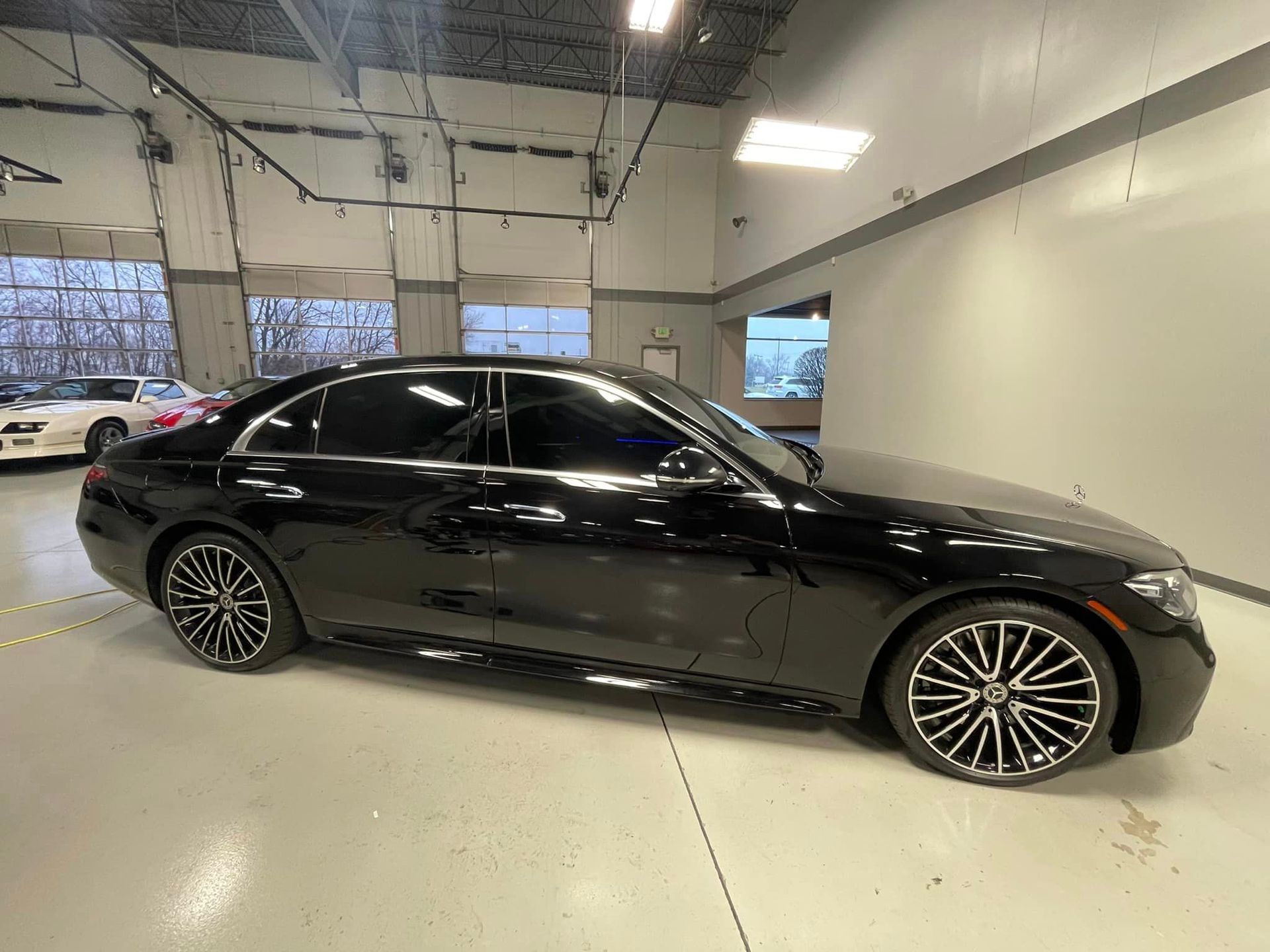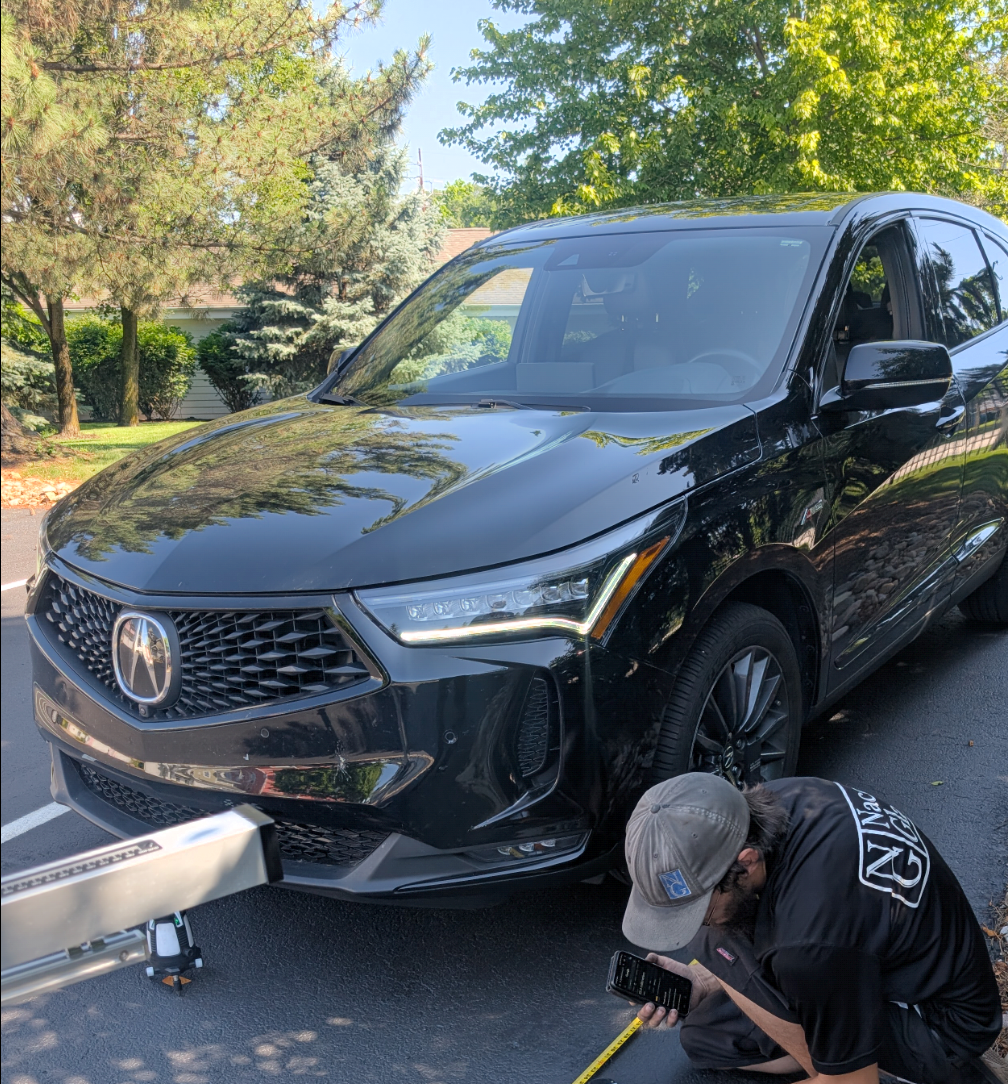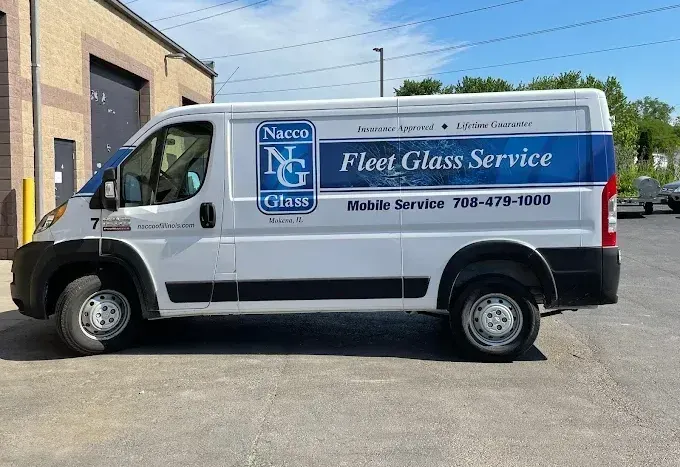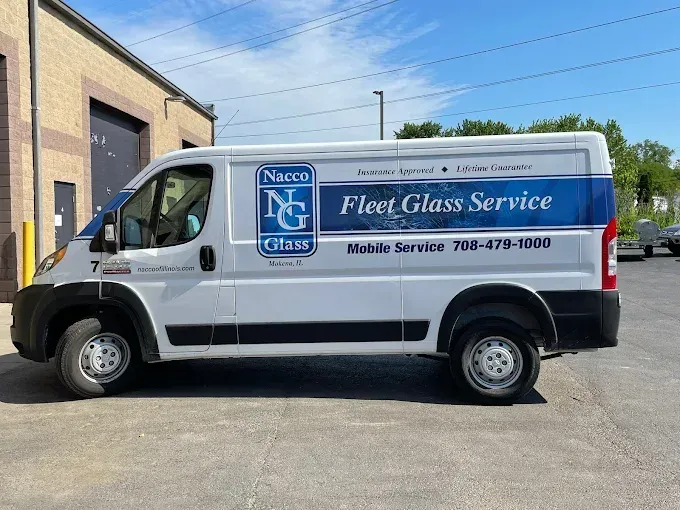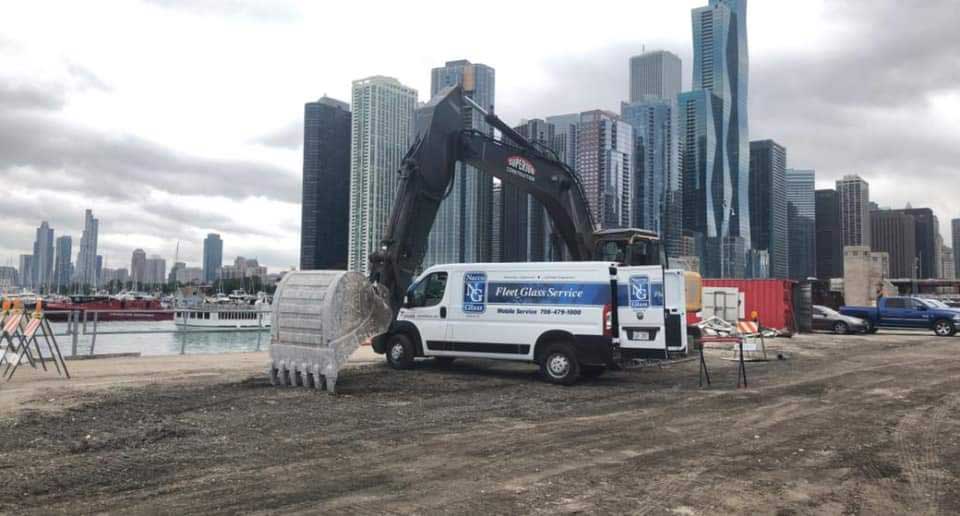What To Know About Auto Glass Repair, Replacement, and Prevention
With auto glass damage, knowing whether to repair or replace can be a puzzle. Every chip or crack in your windshield or car windows brings a decision that affects both your safety and your wallet. Not all damage is the same, and each type needs a different approach. This guide will help you understand how to assess auto glass damage and make the right choice between repairing and replacing.
Know the Different Types of Auto Glass Damage
Auto glass damage can vary widely, from tiny chips to large cracks. The size, location, and type of damage play a crucial role in determining the best course of action.
Small chips are often repairable. These are usually due to debris hitting the glass and can often be fixed without needing a full replacement. Cracks, especially longer ones, may require a full replacement. The length, depth, and position of the crack are critical factors in this decision.
However, it's not just about size. The location of the damage is also key. Damage at the edge of the windshield can compromise its structural integrity, often necessitating a replacement. Cracks in the driver's line of vision usually require replacement too, as repairs might not restore clarity.
When To Opt for Repair
Repairing auto glass is often faster and more cost-effective than replacing it. Learn when you should consider repair:
- The chip is smaller than a quarter: Smaller chips can usually be repaired easily and look seamless with the rest of the windshield.
- The crack is shorter than three inches: Shorter cracks, away from the windshield's edge and the driver's primary view, are often repairable.
Repairing is also quicker—most repairs can be completed within a few hours.
When Replacement Is the Better Choice
There are situations where replacement is the only safe option:
- The crack is longer than three inches: Larger cracks can compromise the windshield's structural integrity.
- The damage is in the driver's line of sight: Repairs might not restore glass clarity, which is essential for safe driving.
- The damage is near the edge of the windshield: This can weaken the windshield's structure and make it more susceptible to breaking.
Replacement might take longer and cost more, but it ensures your vehicle meets safety standards and provides clear visibility.
How a Professional Assessment Can Help
While these guidelines are helpful, the best decision comes from a professional assessment. Trained technicians can evaluate the damage and recommend the best solution based on safety standards and industry best practices.
Experts will consider factors like the size, type, and location of the damage, as well as the make and model of your vehicle. They'll also note any advanced features in your auto glass, like rain sensors or lane departure warning systems, which auto repair technicians can easily handle with a windshield calibration.
How To Prevent Future Damage
One effective strategy to prevent future windshield damage is to practice safe driving habits. Keeping a safe distance from the vehicle ahead of you reduces the likelihood of debris hitting your windshield. Avoid parking under trees or near construction sites, as these areas pose risks for falling objects and debris.
Investing in high-quality windshield wipers and regularly checking them for wear and tear can also help maintain your windshield's condition. Good wipers ensure that your windshield is clear of debris and moisture, reducing the risk of scratches that can develop into larger cracks.
If you have a crack or chip in your windshield or car windows, reach out to Nacco Glass. With expert guidance, you can ensure that your vehicle remains safe and your vision clear, getting you back on the road with confidence.

